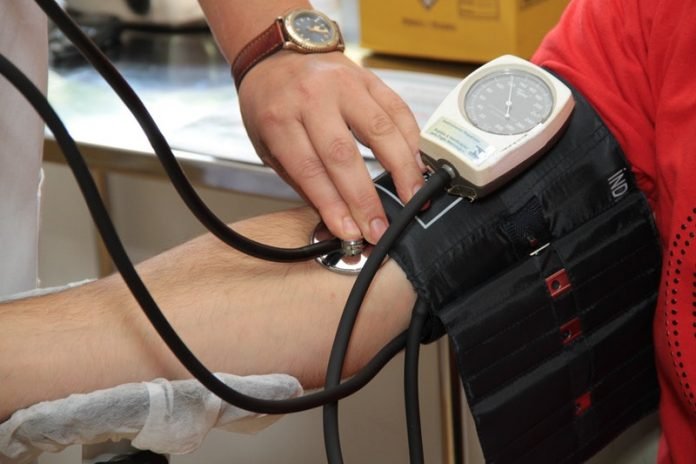
In a new study, researchers found that smoking and high blood pressure may increase the risk of suffering from subarachnoid hemorrhage, the most lethal stroke subtype.
The brain bleeding kills smokers and hypertensive individuals even before they reach hospitals.
The research was conducted by …
Subarachnoid hemorrhage is a severe stroke subtype that is caused by a rupture of a brain aneurysm, an enlargement in the brain vessel wall.
Up to one in four subarachnoid hemorrhage patients die quickly after the bleed at home, on the road to a hospital, or in an emergency room.
These patients never reach hospital wards and are often incorrectly diagnosed.
In many countries, these sudden deaths are classified as sudden cardiac deaths since routine autopsies are rarely conducted outside Nordic countries.
If studies on risk factors of subarachnoid hemorrhage include only patients who survive the initial bleed and reach hospital wards, they are very likely biased, because they are unable to consider risk factors relating to the most devastating outcome, namely sudden death.
Two recent hospital-based studies that excluded patients who died before reaching hospital wards reported that smokers and hypertensive individuals have better chances to survive from subarachnoid hemorrhage than non-smokers and those with normal blood pressures.
These findings puzzled researchers and clinicians because they contradicted earlier reports.
For decades, the researchers and clinicians have known that smoking and high blood pressure are the two most important risk factors for subarachnoid hemorrhage, but now, studies suggested that the same factors would paradoxically protect from subarachnoid hemorrhage-related death.
The new study shows that when researchers are able to include those people who die before reaching hospital wards, the paradoxical protective effect of smoking and high blood pressure is reversed.
Specifically, the study showed that smokers and hypertensive individuals die more frequently before they reach hospital wards than non-smokers and those with normal blood pressure. When these heavy smokers and hypertensive people are left out from statistical analyses, the results are misleading.
According to the team, the best way to minimize the risk of sudden death from subarachnoid hemorrhage is to quit smoking and lower blood pressure.
The study is published in Neurology.
Copyright © 2019 Knowridge Science Report. All rights reserved.



